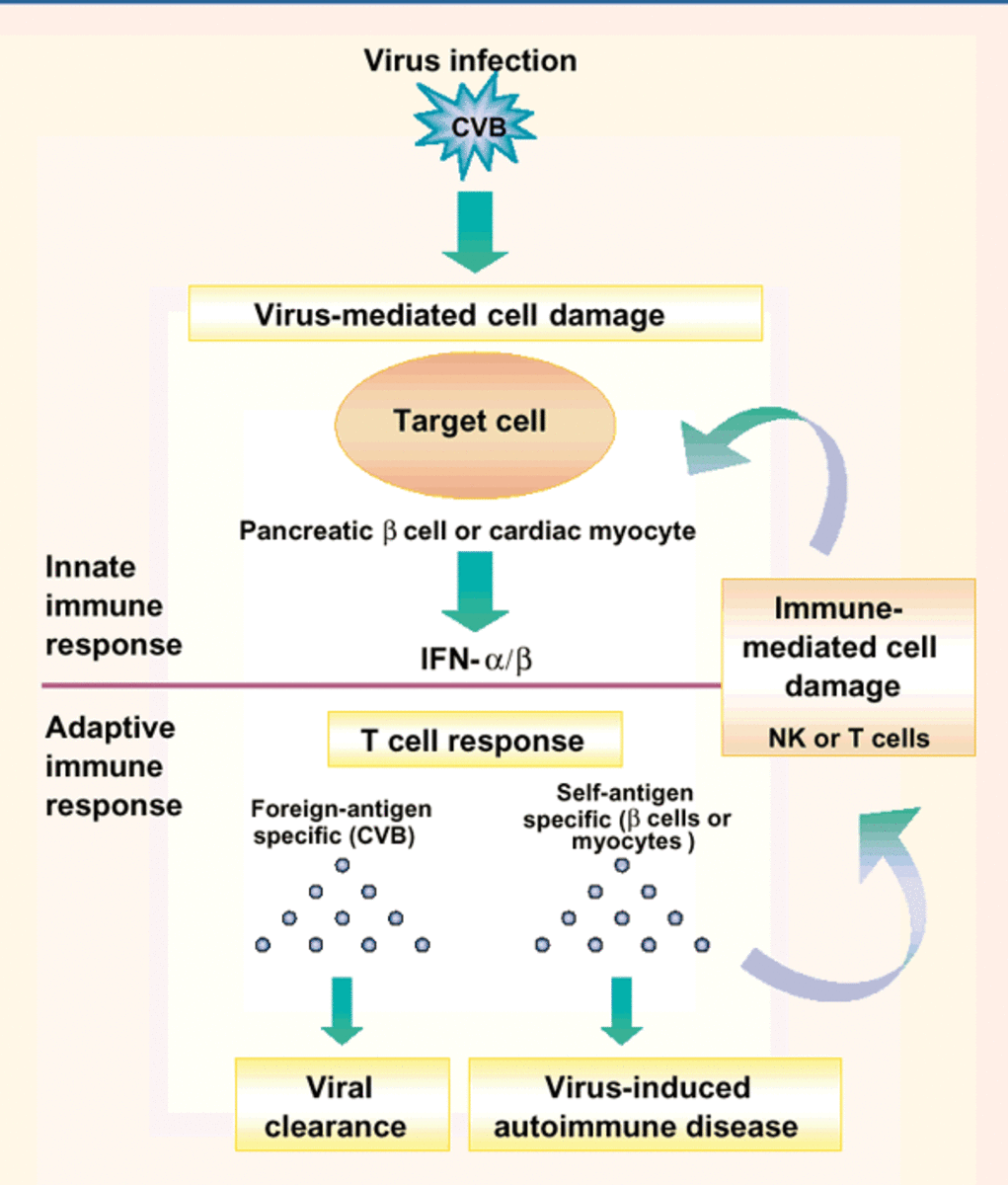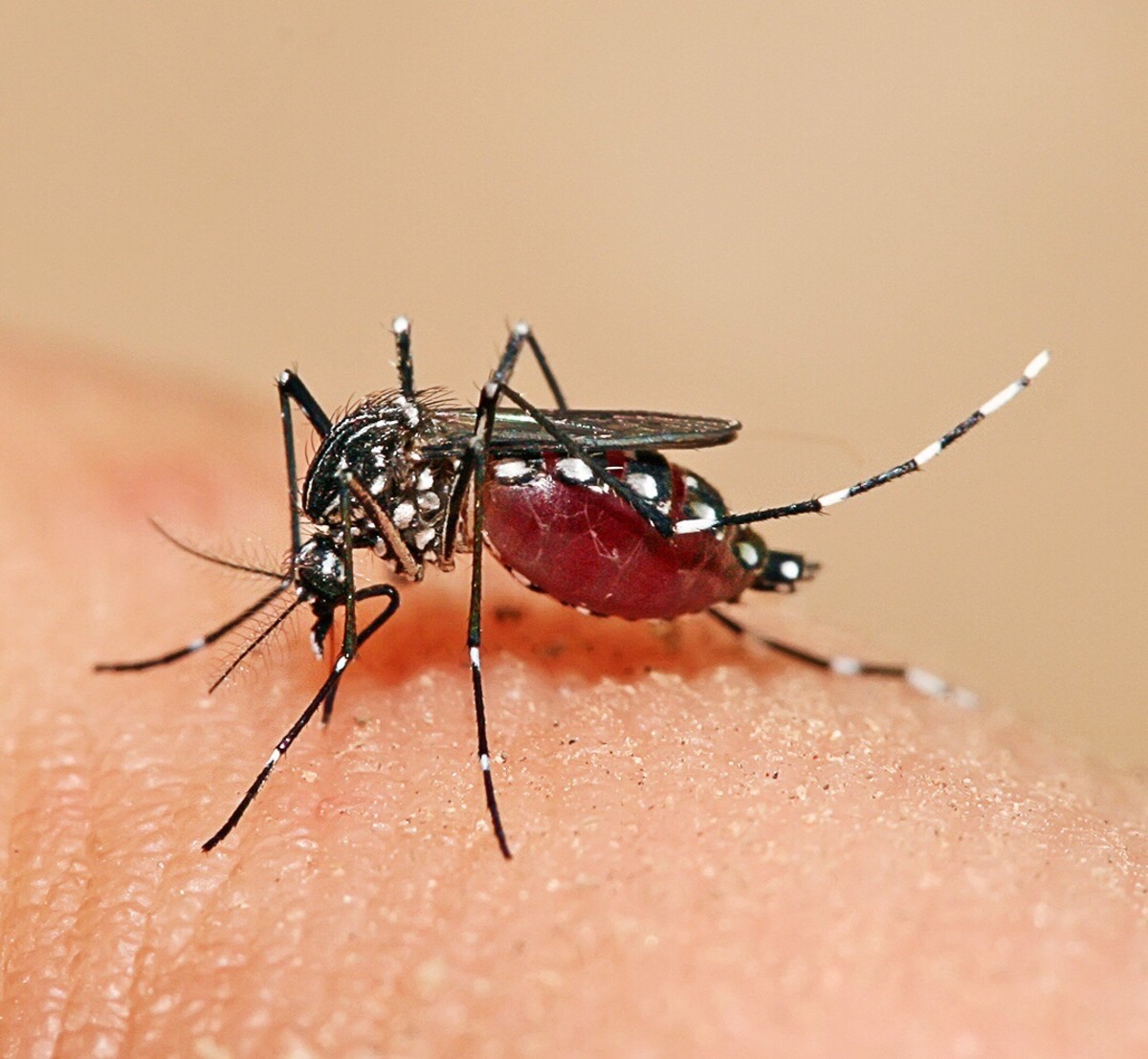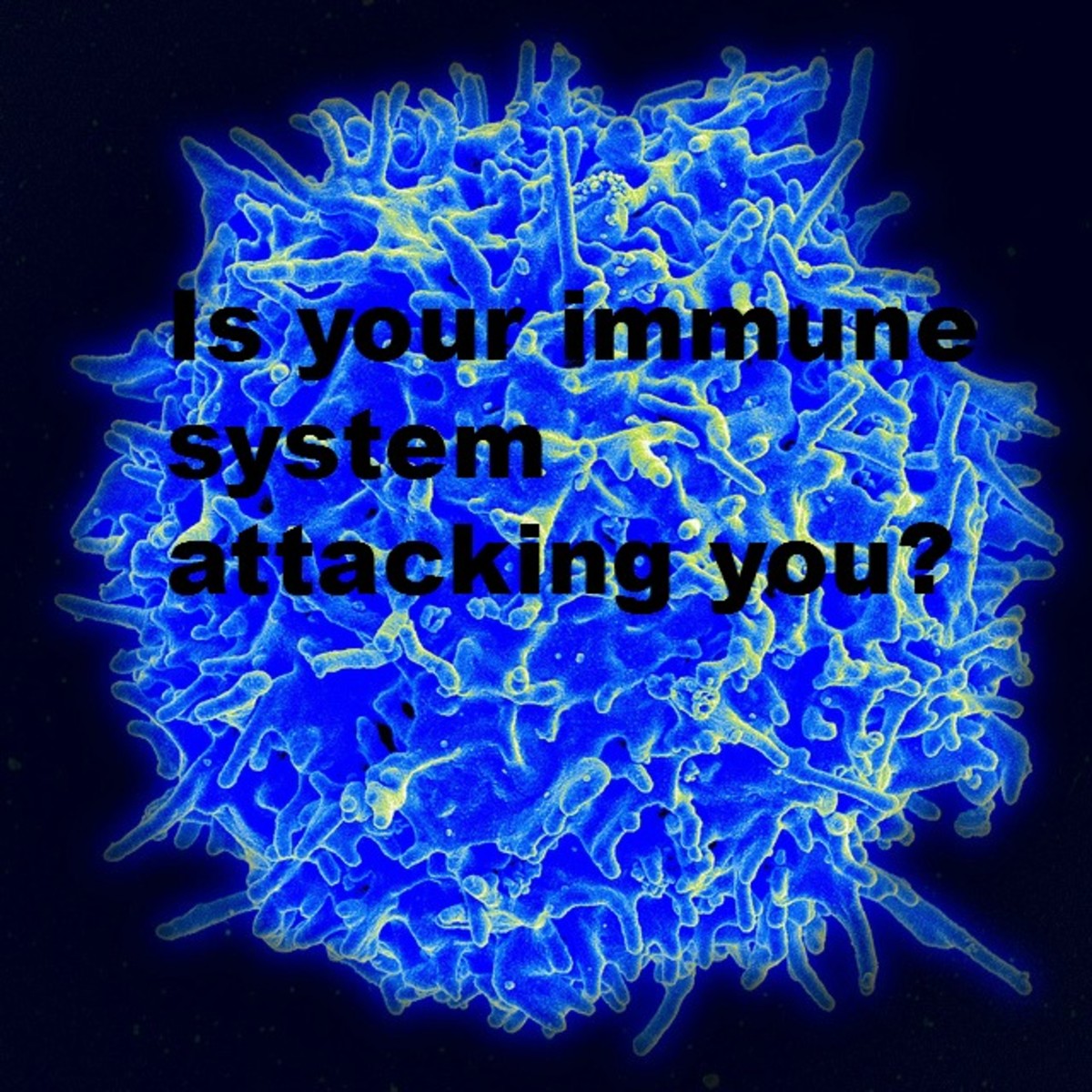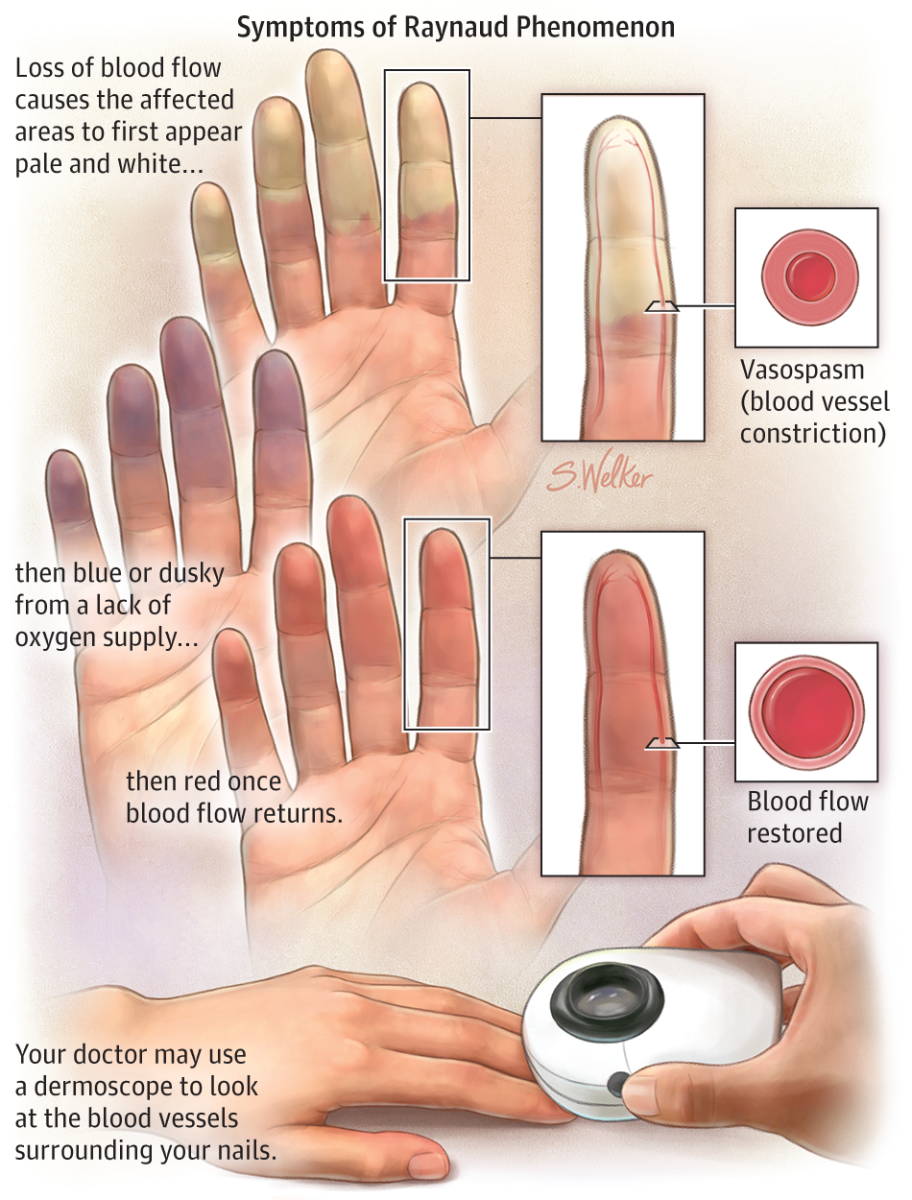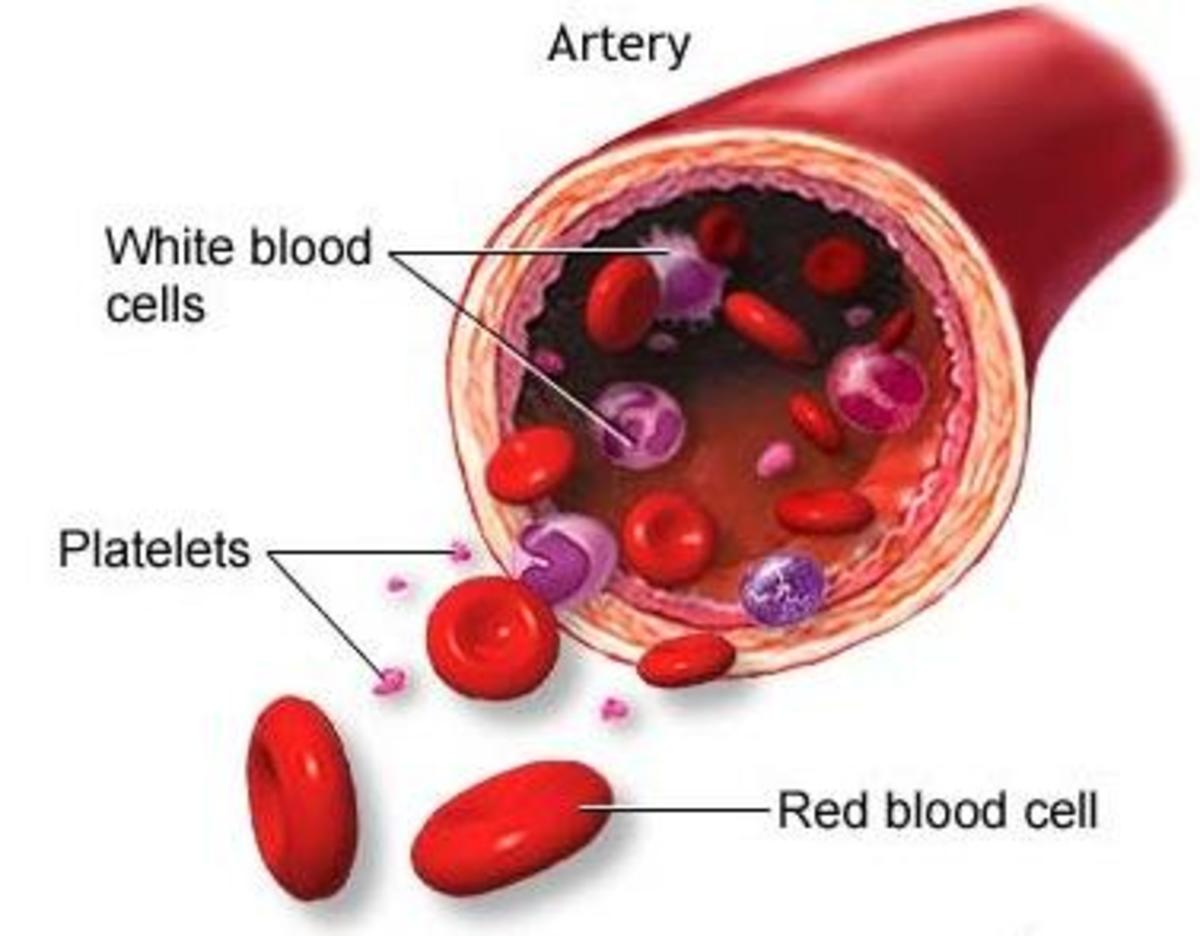Sjogren's Syndrome - The Disease That Took Venus Williams Off The Tennis Court

What is wrong with Venus Williams?
After many years of having been misdiagnosed with the wrong diseases, top-seeded tennis player Venus Williams was given the final verdict that she is suffering from Sjogren's syndrome, the disease that forced the tennis player to withdraw from the 2011 US Open Tennis Championship.
What is Sjogren's syndrome
What exactly is Sjogren's syndrome? What is wrong with Venus Williams?
Sjogren's syndrome is a disease that makes the mouth (xerostomia) and eyes (keratoconjunctivitis sicca) unusually dry.
The dryness occurs when the glands that produce tears and saliva (lacrimal and salivary glands) are destroyed by white blood cells called leukocyctes.
It is also occurs when the body's salivary and mammary glands are destroyed by lymphocytes.
This debilitating disease of the immune system attacks mostly women in their late 40s. Venus Williams is the tennis player with Sjogren's syndrome. Although the tennis player was only 31 when she had it, she's an exception to the rule.
Two Types of Sjogren's Syndrome
1. Primary Sjogren's. This is an autoimmune disorder characterized by chronic inflammation and not involving any other underlying autoimmune disorder. The disorder manifests in the dryness of the mouth and dryness of the eyes.
2. Secondary Sjogren's. This is the type of Sjogren's that is associated with other autoimmune disorder such as rheumatoid arthritis and systemic lupus erythematosus (SLE).
An interview with Venus Williams about her struggle with Sjogren's Syndrome
What causes Sjogren's syndrome?
Sjogren's syndrome is caused by the presence of a large amount of the protein IL-IRA in the cerebro-spinal fluid. IL-IRA is an antagonist of interkeukin-1, classified as a cytokine.
It is believed that interleukin-1 is responsible for the feeling of fatigue that Sjogren's syndrome patients experience.
Signs and symptoms
The manifestation of Sjogren's syndrome include dryness of the eyes, mouth, skin and the vaginal area. Dryness of the eyes is having a feeling of a foreign body inside the eye area and the inconvenience of wearing contact lenses.
The illness can also affect the kidneys, liver, nervous system, blood vessels and lungs. The patient also experiences feeling of fatigue as the disease progresses.
Treatment
There is no known cure for Sjogren's Syndrome but it can be properly managed to make the patient cope with the disease by preventing further damage to the eyes, mouth and teeth.
June 11, 2017
The article entitled "Treatment of Primary Sjogren's Syndrome" published in the Nature Reviews Rheumatology says that treatment of the symptoms is best appropriate while systemic treatment should be done when there are systemic manifestations.
This diseases can be managed by educating patients about this disease, by avoiding drugs that may do patients more harm than good, by making patients' living environment more comfortable, giving artificial tears and other substances that promote secretion, and by treating the possible causes of complications.
For example mild symptoms like fatigue can be treated with mild exercise and severe symptoms can be treated with immuno suppresant drugs or glucocorticosteroids.
It is best to see your doctor for proper management.
The Exocrine Gland
The exocrine gland is a gland in the body that releases substances through a duct. There are parts of the body that we sometimes take for granted but are crucial to our body's proper functioning such as the mammary glands, salivary glands, sweat glands, the liver and pancreas.
The exocrine gland can be further classified by the kind of secretion it releases, the manner by which this secretion is released and how they are structured in the body anatomy.
That's what's wrong with Venus Williams.
© 2012 Zee Formadero



